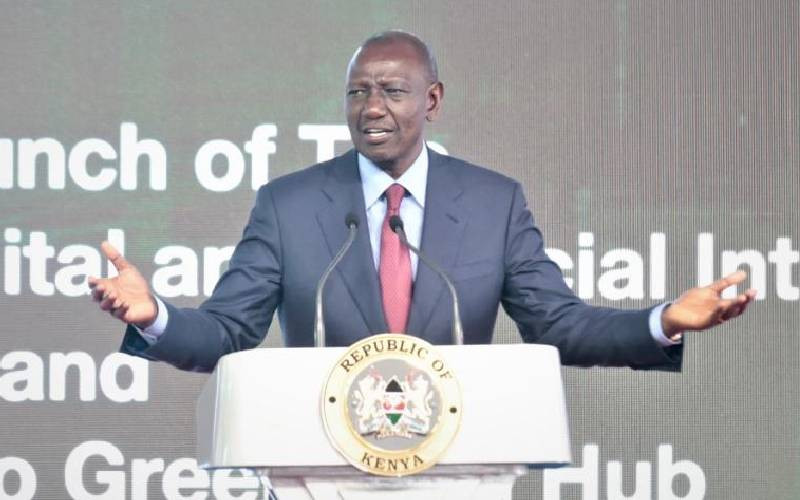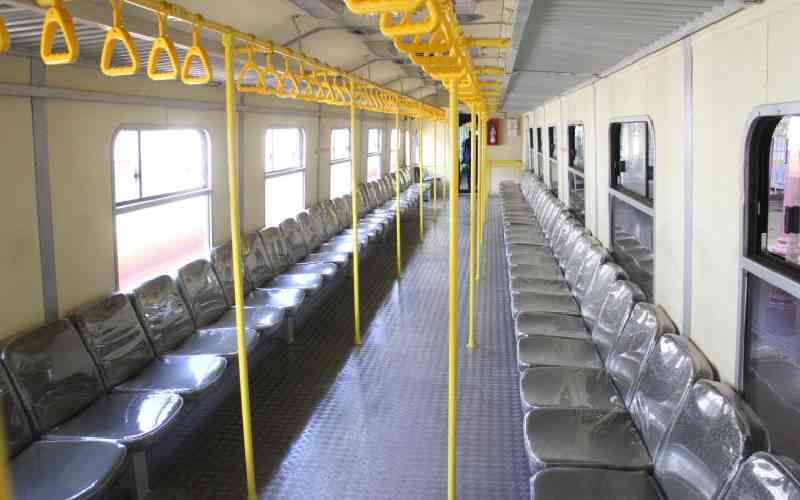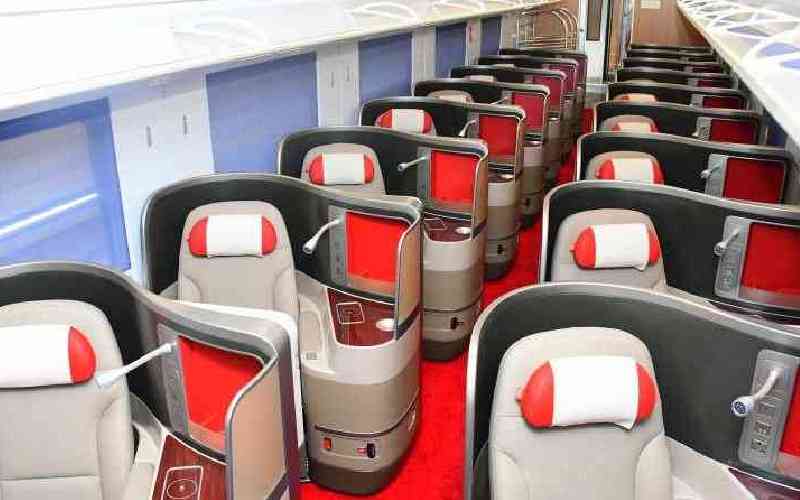By ROBERT KANYUA
The planned Sh327 billion Mombasa-Nairobi Standard Gauge Railway is not just a new track, but the foundation for an efficient transport corridor to catalyse Kenya’s growth into 2030 and beyond.
The transformative power of a railway line has already been demonstrated by the current line, its deficiencies notwithstanding. The transport arteries that serve the port of Mombasa’s hinterland; and which form the Northern Corridor; account for over 80 per cent of Kenya’s Gross Domestic Product (GDP).
Originally built by the British at the turn of the last century, the Kenya-Uganda Railway was meant to open up the interior and provide access to overseas markets for goods (mostly agricultural produce) from the expansive hinterland. Looking at the map of Kenya, one sees a clear linear pattern to urbanisation, with the railway line being the common denominator among Kenya’s main towns.
Similarly, the SGR will significantly influence land use and spur development in the areas around where it will traverse. It is envisaged that at least 30 per cent of the cost of financing itwill be spent in Kenya, in tandem with existing policies. This will unlock a number of benefits locally, in the construction and operational phases.
While the contractor is expected to come with some specialists, the majority of jobs will be taken up by Kenyans. It is estimated that the SGR shall create 60 new direct jobs per kilometre of track during its construction.
To Kenya’s advantage, these jobs will span the entire skills spectrum including general and semi-skilled labour. Kenya’s industries will also benefit from the demand for inputs that the project will obviously spawn. The opportunities are immense, especially for individuals and SMEs. Demand for steel, cement, aggregates, electricity pylons and cables; roofing materials, glass etc. is likely to surge.
The supply of inputs to the project is projected to create as many as 40,000 new jobs. As happens in such projects, the contractor is likely to set up several operational bases along the route. Towns like Sultan Hamud, Mtito Andei, Mariakani, Voi and Kathekani and others would be ideal locations for such bases.
Workers will require services such as catering, healthcare, security and entertainment. In this way, the SGR project will create a captive market for service providers in these sectors.
At least 3,000 Kenyans will gain employment. The SGR also presents a perfect opportunity for technology transfer. The onus is on training institutions to take advantage of the existing skills deficit in the country within these areas. Some 15,000 Kenyans with such skills will be needed on the project during construction and after.
On the upper scale, some 400 engineers and technicians will be required for the project. Opportunities for on-the-job training and possible retention will be available. Once completed, the line will operate on the principle of “open access”, something akin to a normal road. Local entrepreneurs will have the opportunity to participate in the provision of railway transport services by investing in locomotives and rolling stock.
In the long run, the benefits arising from the SGR project far outstrip its cost. The projects’ return on investment will be positive considering the key deliverables such as the provision of a modern and efficient transport system; creation of new sustainable businesses and jobs and the enhancement of local and regional commerce.

The writer is a financial analyst
 The Standard Group Plc is a
multi-media organization with investments in media platforms spanning newspaper
print operations, television, radio broadcasting, digital and online services. The
Standard Group is recognized as a leading multi-media house in Kenya with a key
influence in matters of national and international interest.
The Standard Group Plc is a
multi-media organization with investments in media platforms spanning newspaper
print operations, television, radio broadcasting, digital and online services. The
Standard Group is recognized as a leading multi-media house in Kenya with a key
influence in matters of national and international interest.
 The Standard Group Plc is a
multi-media organization with investments in media platforms spanning newspaper
print operations, television, radio broadcasting, digital and online services. The
Standard Group is recognized as a leading multi-media house in Kenya with a key
influence in matters of national and international interest.
The Standard Group Plc is a
multi-media organization with investments in media platforms spanning newspaper
print operations, television, radio broadcasting, digital and online services. The
Standard Group is recognized as a leading multi-media house in Kenya with a key
influence in matters of national and international interest.









